This year’s theme is NPs: Rising to Meet the Needs of Patients.
National Nurse Practitioner Week – Nov. 13-19
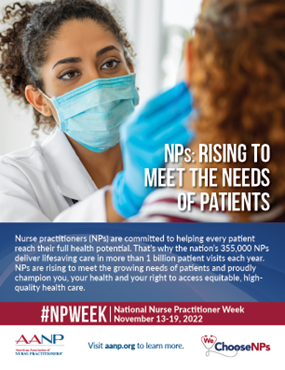

This year’s theme is NPs: Rising to Meet the Needs of Patients.




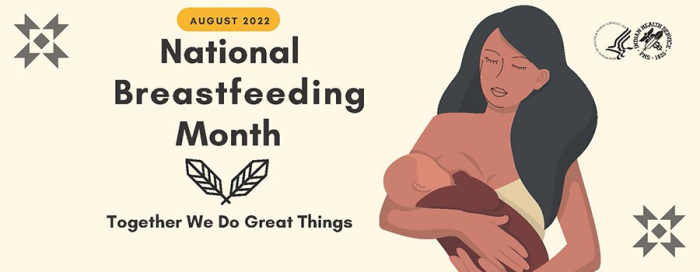
August is national breastfeeding month and many global and national health organizations, such as the CDC, promote breastfeeding as the healthiest form of nutrition for infants.


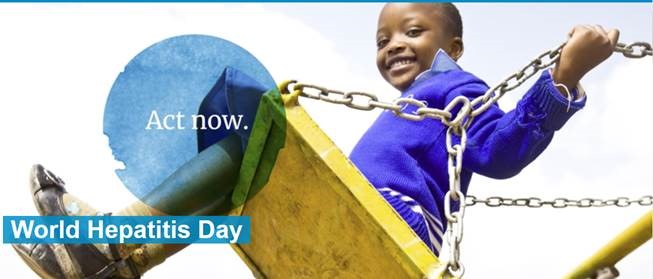
This date was chosen to honor the birthday of Dr. Baruch Blumberg who discovered hepatitis B and is one of the developers of the first hepatitis B vaccine.
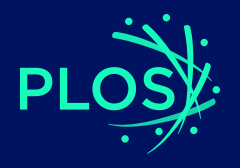
New agreement covers 100% of article costs for UW-affiliated authors and specific publications.


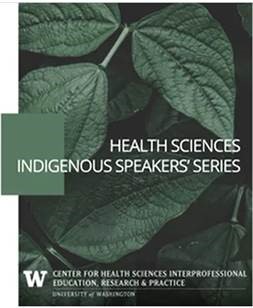
The UW Center for Health Sciences Interprofessional Education, Research and Practice (CHSIE) presents their Health Sciences Indigenous Speakers’ Series.

Each year, an open group within the UW Health Sciences schools select, from a list of titles nominated by the Health Sciences community, a Common Book that we hope will serve as a platform for health sciences students, staff, and faculty…